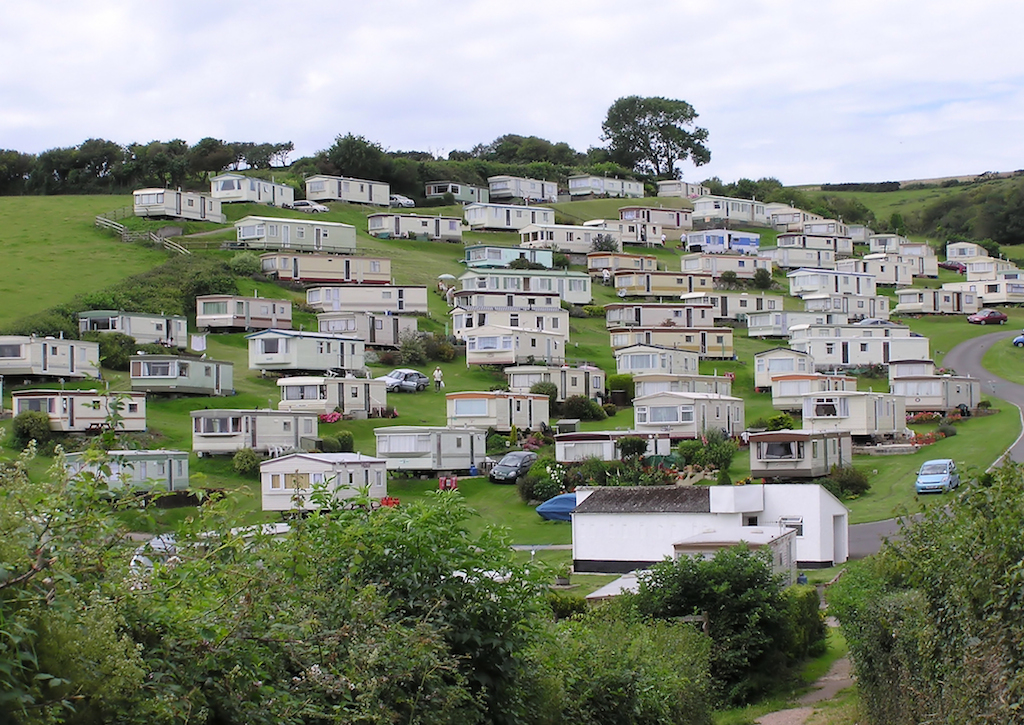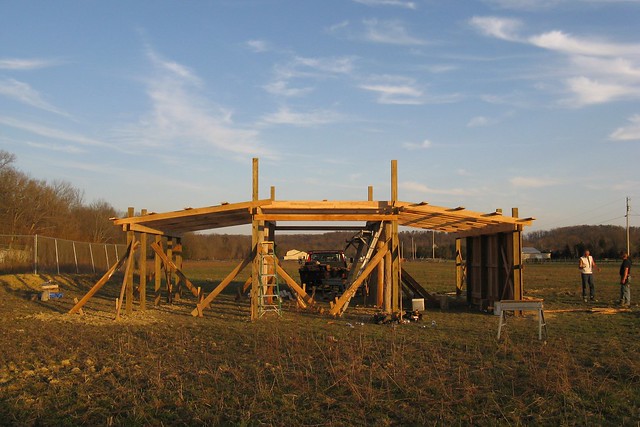Doth I blog in riddle?
I doth do.
Any assertion made here is a squishy subjective question. But I’ve been coming to grips with this in the first weeks of the You Show Open Seminar I am running with Brian Lamb at TRU, where many of our participants are hoping to use blogging platforms to make a portfolio.
Having that as a goal is useful, reasonable but it also gets in the way.
Before you start tossing your research studies and dissertations about ePortfolios at me, hear me out. We are asking people to not only assemble artifacts showpieces of their accomplishments- the typical blocks of a portfolio, what we call “front stage”. We are asking participants in their process of developing a portfolio, and hopefully as an ongoing practice of narrating their ideas and practice, to use the blog functionality to create the “back stage”, making off, reflections.
Many of our participants are going about this as their first blogging experience, so there is an entry level barrier of learning many of the mechanics of writing in this kind of space, sorting out pages versus posts, tags versus categories, how to link, how to embed video, how to customize their space.
I really wanted to ask people to not even bother with themes and designs for the first weeks, maybe use the default themes. But that’s not enforceable, and is a bit draconian. But I have hoped we can have people work on the basic mechanics of blog writing.
The challenge is that doing this narration in a blog, and seeing how it looks on a site, well it does not look like a portfolio. Many are a river flow of posts, or smorgasbord of images and blocks of text representing the chronological flow of posts.
So if I was told I am to build a portfolio and it does not look like one, well there is disconnect.
If you have or can organize all the neat piles of your portfolio content- your paper, your presentations, your videos, your art work, then a well defined cubbyhole portfolio platform works. It is an exercise of filling in form fields.
Portfolio software provides you a manufactured home

Then you decorate the walls, put your furniture in, but the basic shape and layout is done for you.
We are setting you up in an empty lot, giving you a pile of 2x4s and other material, a few how to books, and asking you to not only build your own home, but document it.

I think I slid down that slimy slope of bad metaphors. And blog building is much more forgiving and less risky than pouring foundations and framing a structure.
What I have been hoping to convey to You Show participants is to engage a few weeks on more or less the back stage narration as they learn and build out potential web-based portfolio artifacts that use media (images, audio video). They are producing some raw materials in a blog (flow format).
Then as we go or towards the end, we can introduce some ways to reconfigure the site they are working on away from a blog format (recent post, recent post, recent post, recent post, recent post…). I can see several two ways this might work:
- Theme Choice. I’m busy trying to research (WordPress) themes that change the front view to either by more like a single landing site (different sections for skills, artifacts), or where the things that bubble to the front or perhaps by category/tag, not just recent date.
Themes get very messy (another pending post). Many of them have oppressively complex options interface that end up being like an operating system of their own.
Many have built in content types designed for portfolios. So the blog flow might be like a draft, and bits can be harvested out later as portfolio content types.
- Static Front Page One way to subvert the blog structure is to create a fixed Page that has perhaps all of the information someone wants on the front of the site, linked to maybe more pages or post categories. This is a matter of creating the page, and then switching the setting in Settings -> Reading. Blogger and tumblr do have page content types, I am not sure if you can make them the blog front view.
This means that the blog flow can be pushed to secondary link (again using Settings -> Reading). Or it can just be left off, so it stays a private thing. Or if people use categories to subdivide their blogging reflections, they can make menu / sidebar links to selected category views.
Or like in today’s discussion I suggested that if people do not want their current experiments and playing to show up in the final portfolio, there is no need to delete them (NEVER DELETE YOUR REFLECTIONS). Just mark them as Draft, and they vanish from the public site.
There are other ways to subvert the front page blog post orientation (mine is usually having the theme and or changing the database query).
But the point I am trying to make is that you can take over and manage the front entry and where the blogging/reflection shows up.
You are not limited to the way the themes work out of the box.
It’s just that in the approach we are taking, the portfolio shall evolve from the reflections / blogging, not be prebuilt from the outset.
Doing it opposite-like.

I am quite certain there are flaws and counters to be made for these assertions. Heck I might have them. But in my mind, starting out trying to make a blog platform a portfolio from the start does not work unless you have its structure and components already mapped out.
Of course, if you follow my advice, you might end up with this house

